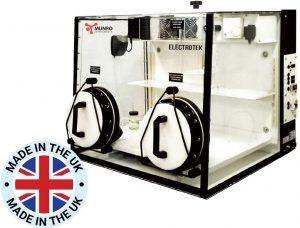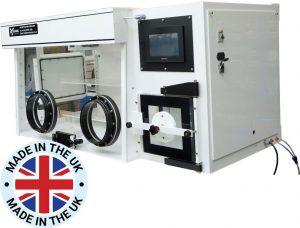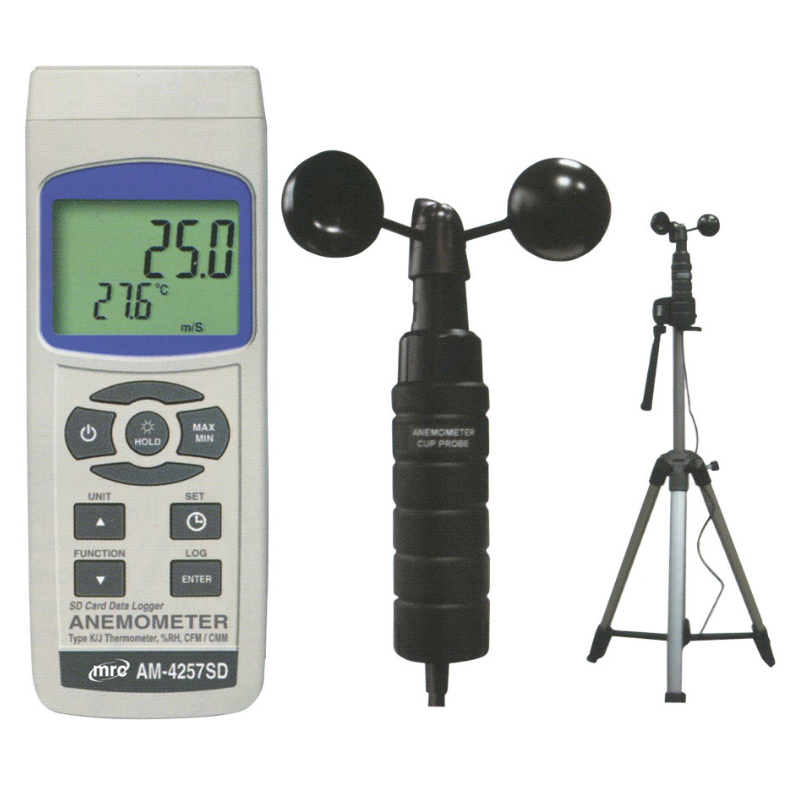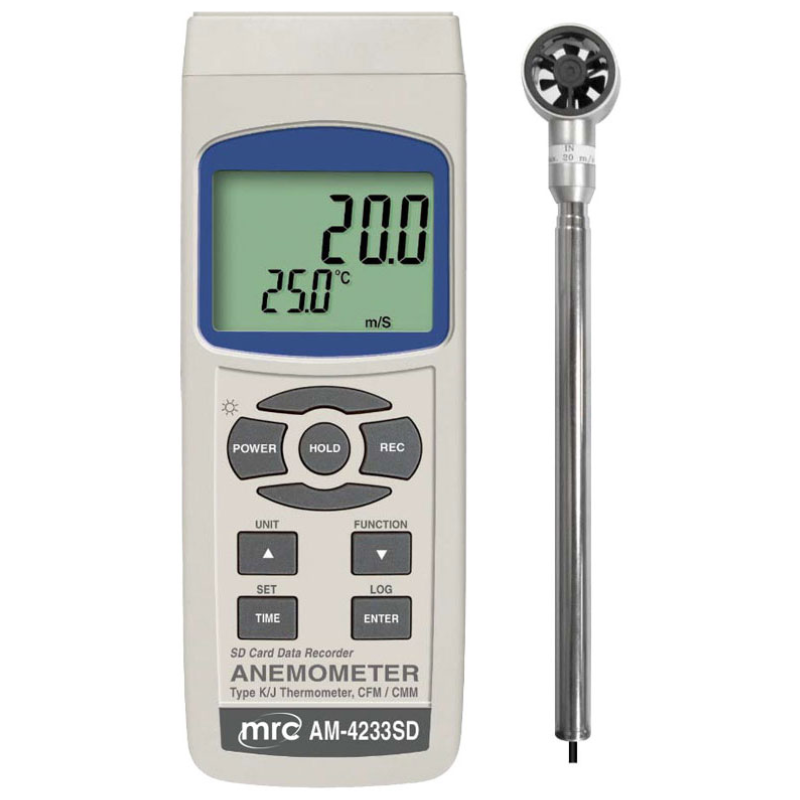Anaerobic chambers are specialized laboratory equipment designed to create an oxygen-free environment for scientific research and experimentation. They play a crucial role in studying and cultivating anaerobic microorganisms, conducting sensitive experiments, and performing various procedures that require the absence of oxygen. In this article, we will explore the different fields and professionals that utilize anaerobic chambers, as well as their key applications.
Anaerobic chambers For Microbiologists and Researchers:
Microbiologists and researchers are at the forefront of utilizing Anaerobic chambers in their work. They rely on these chambers to study anaerobic microorganisms, such as bacteria, fungi, and archaea, which thrive in oxygen-depleted environments. By controlling the oxygen levels within the chamber, scientists can recreate the conditions required for the growth and analysis of these microorganisms. This enables them to investigate the unique metabolic pathways, biochemical processes, and interactions of anaerobic organisms.
Anaerobic chambers For Clinical and Medical Laboratories:
Anaerobic chambers find extensive use in clinical and medical laboratories. They play a vital role in isolating and studying anaerobic bacteria that cause infections in humans, such as Clostridium difficile, Bacteroides fragilis, and Prevotella species. Identifying and understanding these pathogens is essential for diagnosing and treating anaerobic infections effectively. The anaerobic chambers provide a controlled environment to handle and analyze these bacteria safely, preventing their exposure to oxygen and maintaining their viability.

Industrial and Environmental Microbiology:
Anaerobic chambers are also utilized in industrial and environmental microbiology research. These chambers enable scientists to investigate the role of anaerobic microorganisms in various processes, such as wastewater treatment, bioremediation, and biofuel production. By simulating anaerobic conditions, researchers can optimize microbial consortia and study their metabolic activities, leading to the development of more efficient and sustainable industrial practices.
Anaerobic chambers For Food and Beverage Industry:
The food and beverage industry employs anaerobic chambers for quality control and safety purposes. Certain spoilage microorganisms, such as anaerobic bacteria, thrive in oxygen-deprived environments. By using anaerobic chambers, food scientists and manufacturers can assess the potential for spoilage and identify the specific microorganisms responsible. This information helps them design effective preservation methods and develop strategies to extend the shelf life of perishable products.
Forensic Science:
Anaerobic chambers have found applications in forensic science laboratories as well. In cases involving decomposition of human remains, anaerobic bacteria play a significant role. By recreating anaerobic conditions in the chambers, forensic experts can study the microbial communities associated with decomposition. This knowledge aids in estimating the postmortem interval, understanding the decomposition process, and providing valuable information in criminal investigations.







